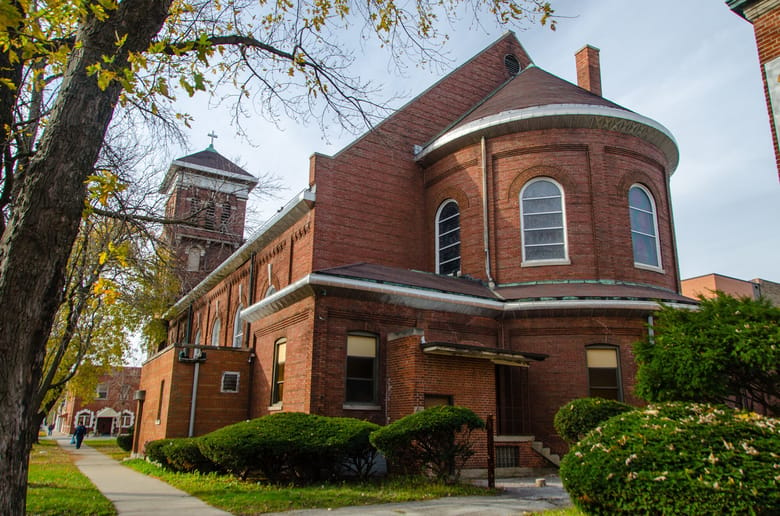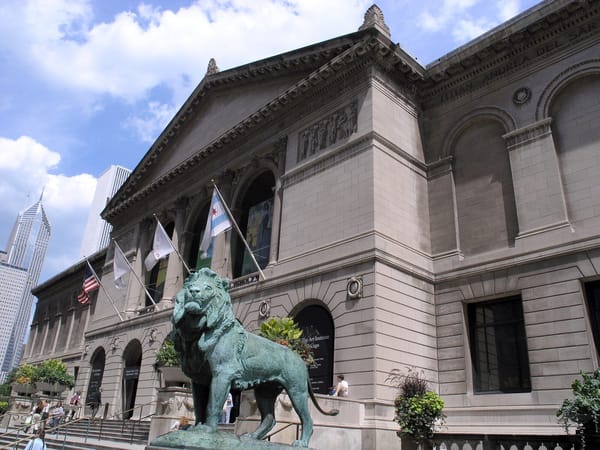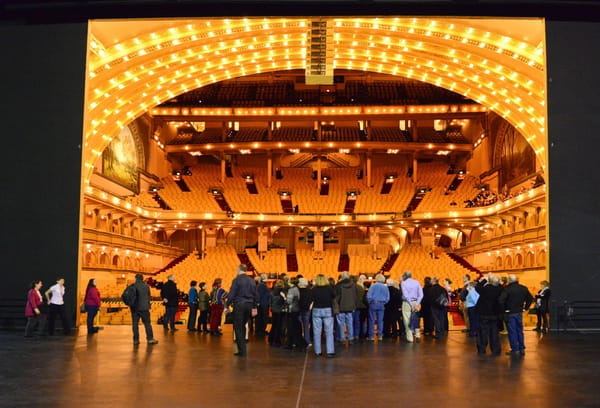In architecture, an apse is a semicircular or polygonal recess, typically at the end of a church or cathedral, which often houses the altar. This architectural feature is characterized by its vaulted, often domed, structure and is usually located at the eastern end of a church, aligning with traditional Christian practices that place the altar at the easternmost point.
The term "apse" derives from the Latin word "apsis," meaning "arch" or "vault." Historically, apses were prominent in Roman and Byzantine architecture, and they became a defining feature of early Christian churches. The design allowed for the creation of a focal point for worship and ceremonial activities, emphasizing the sacred space within the church.
Examples in Chicago:
- The Fourth Presbyterian Church: Located at 126 E. Chestnut St., this historic church features a beautiful Romanesque apse. The apse here is adorned with intricate stained glass and a vaulted ceiling, providing a dramatic and reverent space for worship.
- St. James Cathedral: Situated at 65 E. Huron St., St. James Cathedral includes a prominent apse at the end of the nave. The apse is richly decorated with mosaic art, reflecting the cathedral's Gothic Revival style and serving as the focal point for the church’s liturgical practices.
- Holy Name Cathedral: Found at 735 N. State St., this cathedral is another notable example where the apse plays a key role. The apse is highlighted by its grand design and stunning stained glass windows, showcasing the beauty and complexity of the Neo-Gothic architectural style.
In these buildings, the apse not only enhances the aesthetic quality of the worship space but also serves a functional purpose by focusing attention on the altar and facilitating the liturgical rituals of the church.






















